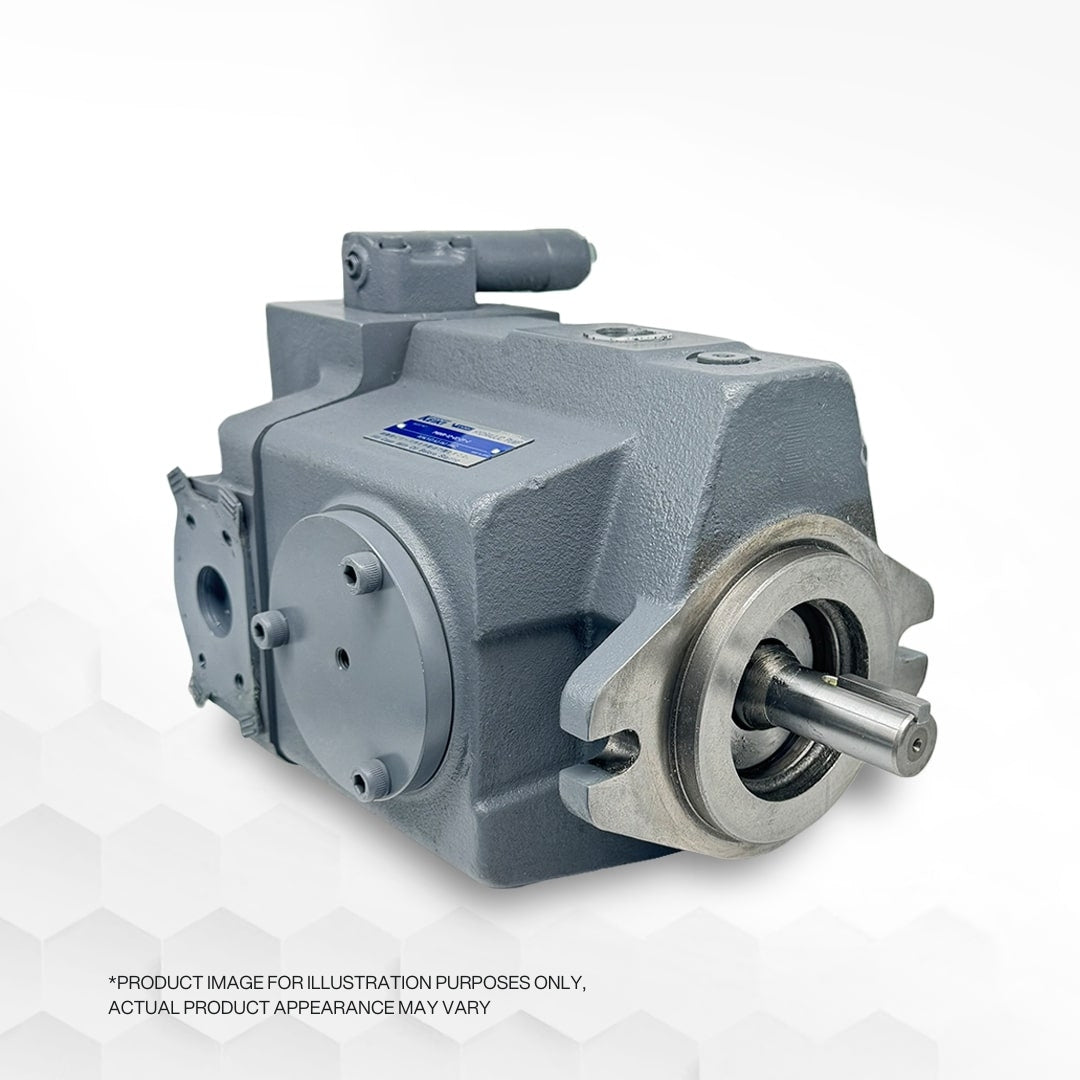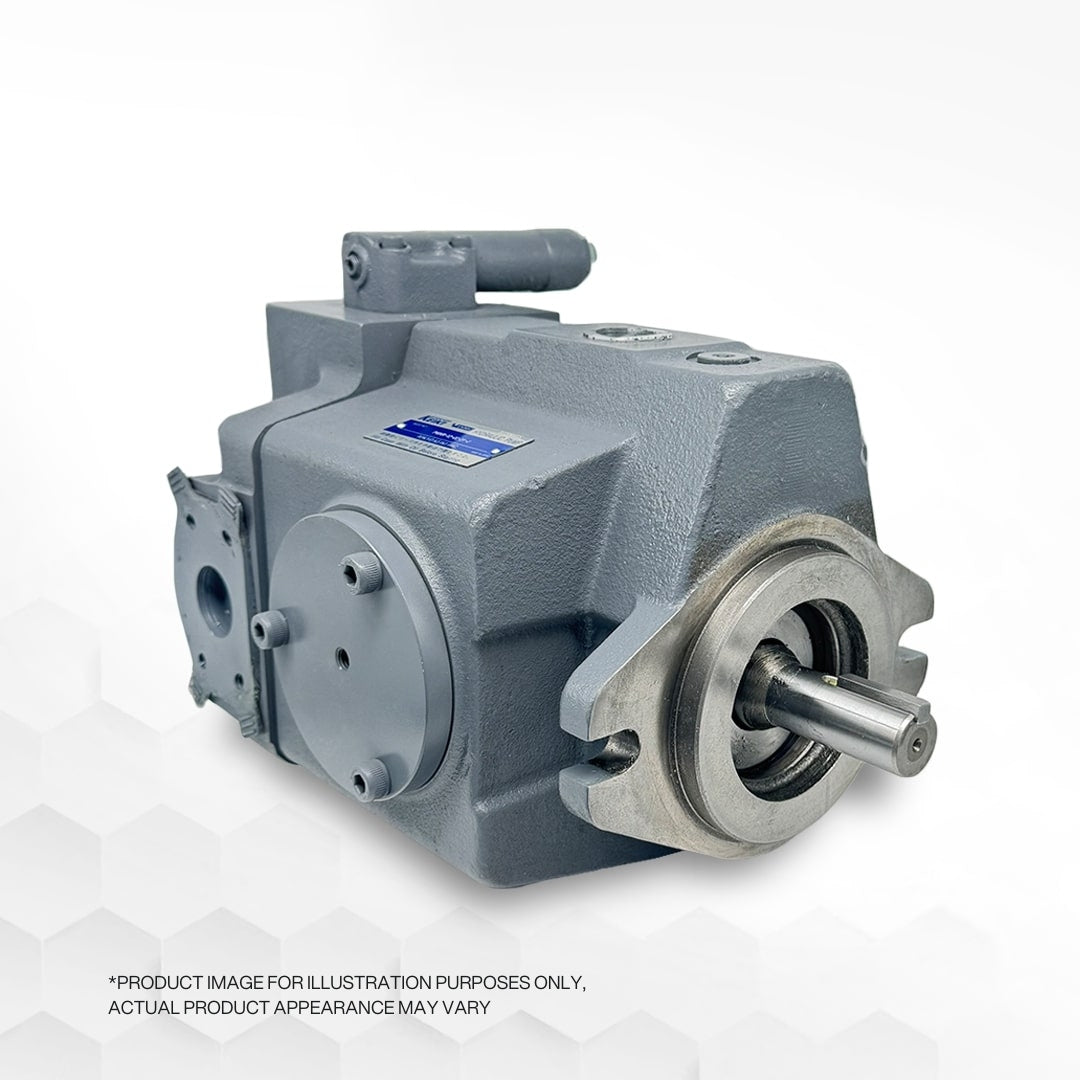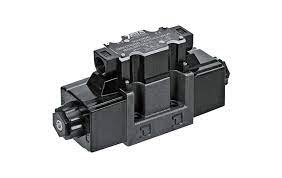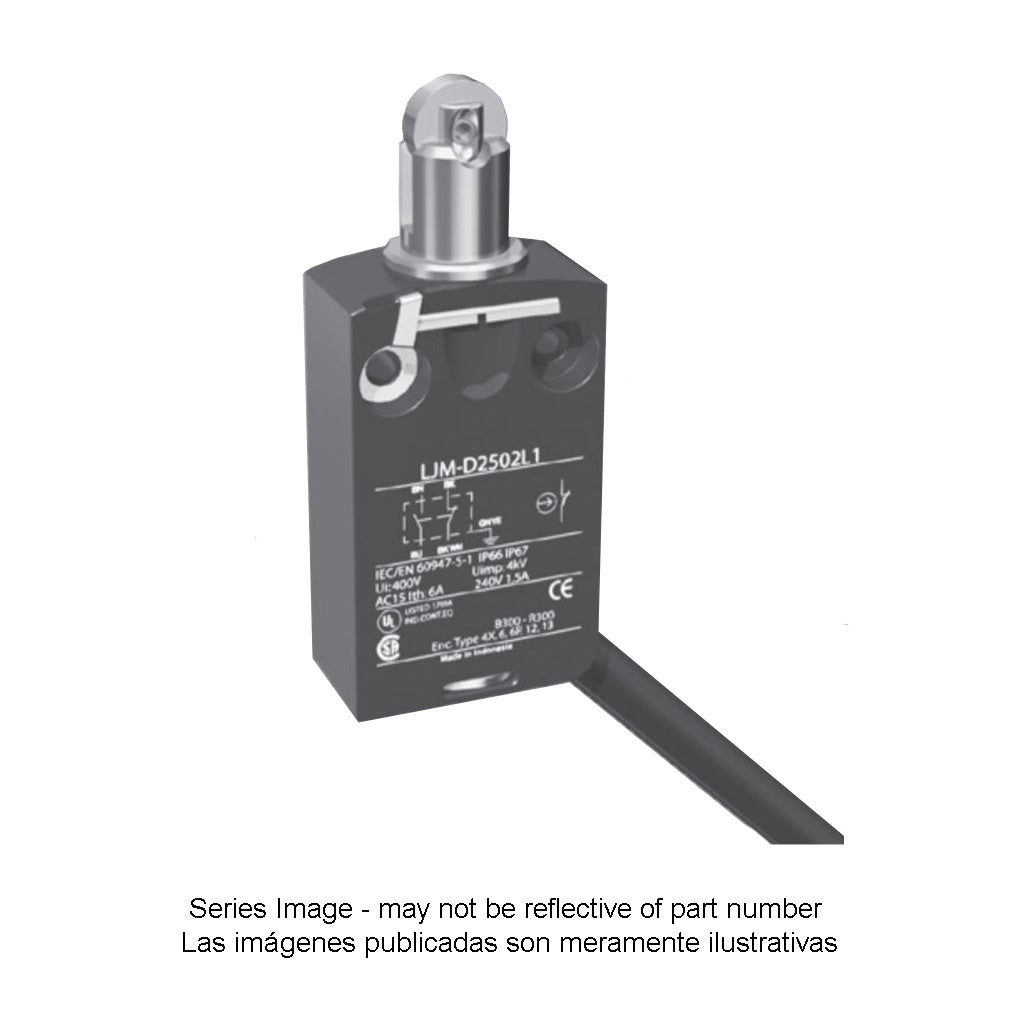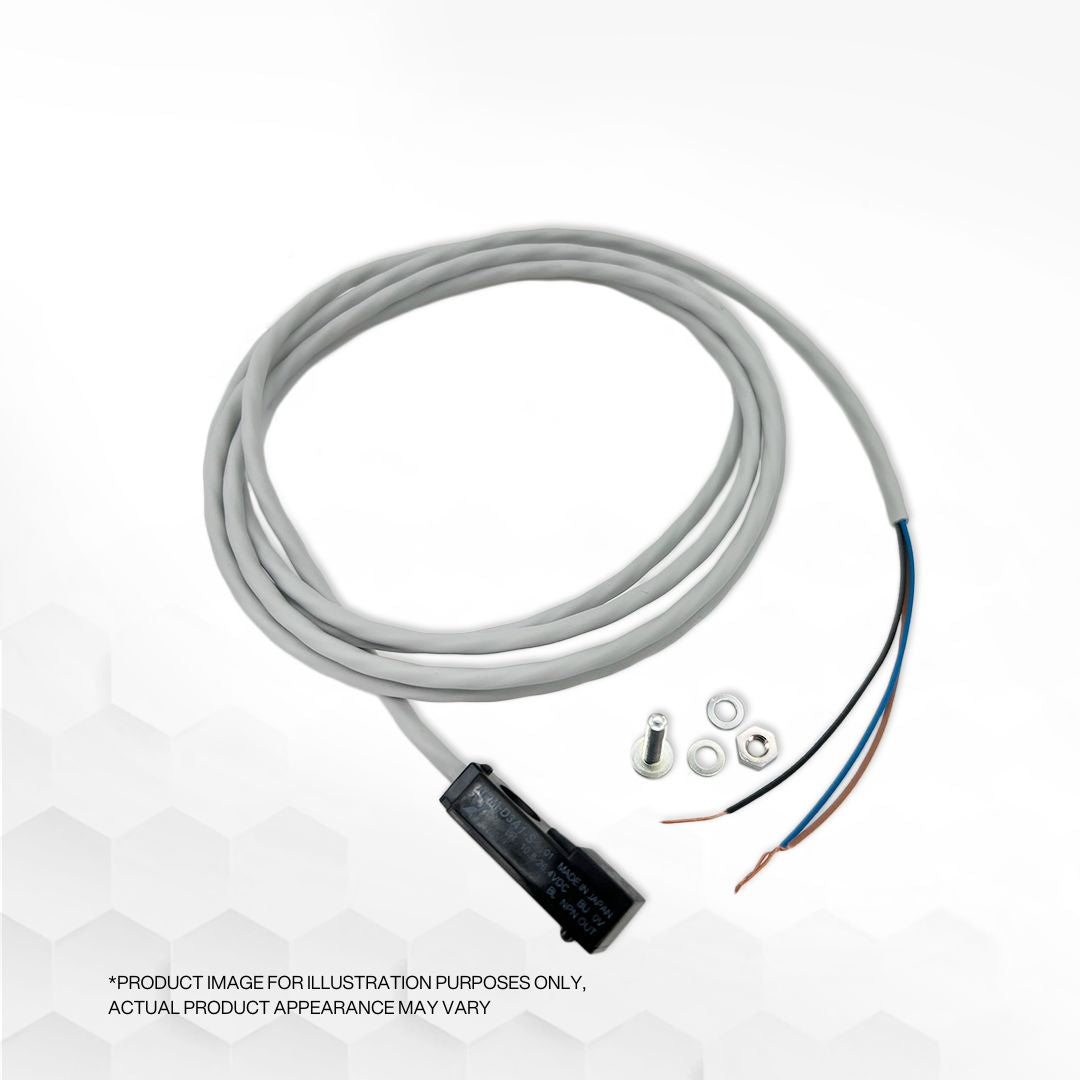
What Are The Vitals of Hydraulic Pumps?
A hydraulic pump is a crucial device that converts mechanical power into hydraulic energy, generating sufficient flow to control the pressure induced by the load. It serves two primary functions: creating a vacuum at the pump inlet to draw liquid from the reservoir into the pump's inlet line, and distributing this liquid to the pump outlet, propelling it into the hydraulic system. It's important to note that a pump generates liquid flow, not pressure; pressure is a result of the resistance to fluid flow within the system.
Most hydraulic systems use positive-displacement pumps, which ensure a constant liquid delivery per rotating cycle of the pumping element. These pumps have a close-tolerance fit between the pumping element and the pump case, resulting in minimal slippage and a consistent delivery per cycle. In contrast, non-positive-displacement pumps, such as centrifugal and propeller pumps, generate a continuous flow, but their output fluctuates considerably as pressure changes.
Within the realm of positive-displacement pumps, there are fixed and variable displacement types. Fixed displacement pumps maintain a constant output during each cycle and at a given pump speed, while variable displacement pumps allow for output adjustment by altering the displacement chamber's geometry.
Different types of rotary pumps are available, such as gear, lobe, vane, or piston pumps. Gear pumps utilize meshing gears to produce flow, while lobe pumps employ lobes driven through external gears. Vane pumps consist of vanes sliding in slots within a rotor that rotates in a housing. Rotary pumps are known for their efficiency and compact size.
In summary, hydraulic pumps play a crucial role in converting mechanical power to hydraulic energy, facilitating liquid flow, and controlling pressure within hydraulic systems. The choice of pump type is essential for achieving optimal performance and efficiency in various applications.
